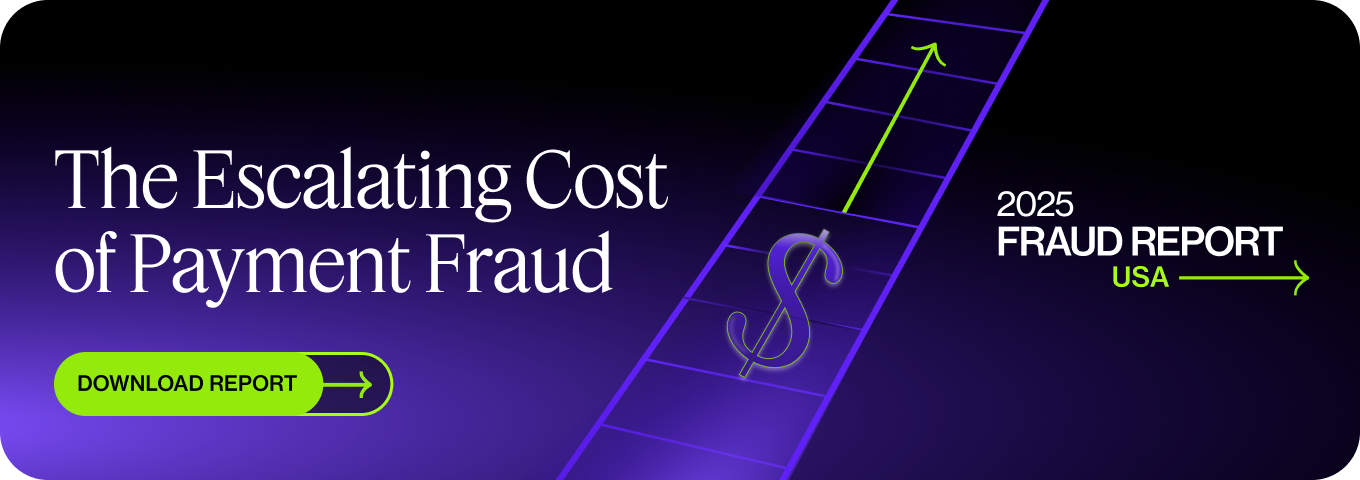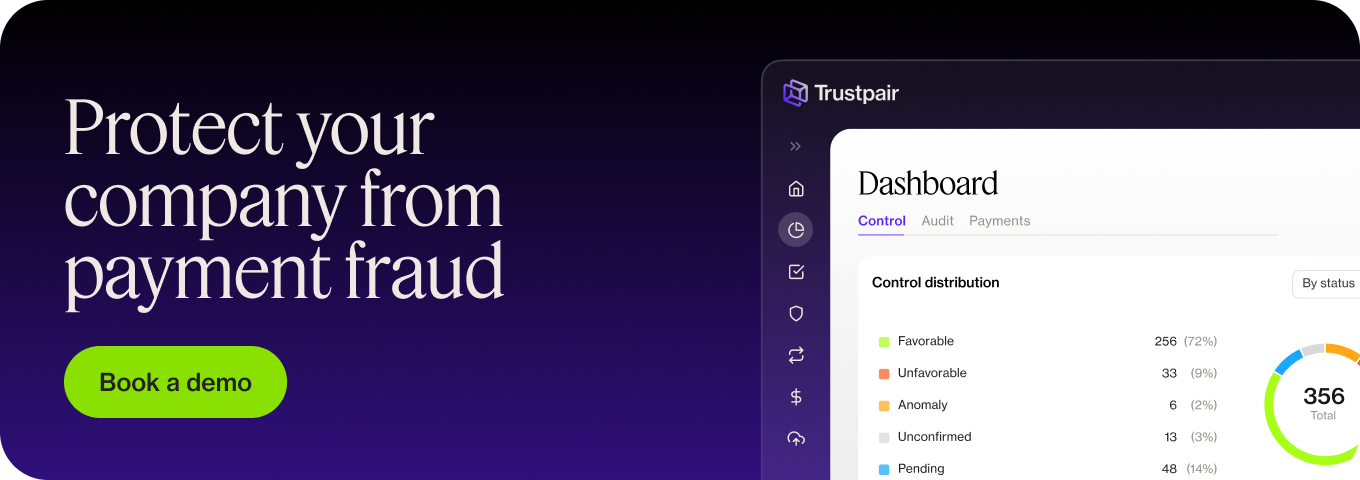Identifying the real ultimate beneficial owner (UBO) is critical, and not only to comply with FinCEN regulations. Without UBO checks, your organization could be linked to terrorist financing and money laundering, just like Singapore-based firm, DBS Bank Limited. They were charged for failing to perform thorough anti-money laundering checks. Charged with other financial crimes, the company was fined $25 million. Proper due diligence is more necessary than ever.
But when it comes to finding out the ultimate beneficial owners of a company, there can be a lot of heavy lifting. With hours of manual research, and unavailable documentation, there are many hurdles that finance executives tend to come up against if individuals don’t declare their ownership interest. But with such high stakes in case of non-compliance, there’s no cutting corners. So, what’s the most efficient way to confirm UBO without taking risky shortcuts?
Read on to find out how to identify beneficial ownerships in the most efficient way and how to protect your business against common UBO fraud schemes. If you are concerned about fraud in your company, check out our study to learn how to prevent payment fraud and stop money laundering. Download it for free!
Ultimate Beneficial Owner, a quick definition
An ultimate beneficial owner refers to the person who controls a business or who ultimately gains from business activities. It matters who benefits the most from transactions, and whether they are in a vulnerable decision, like politically exposed persons. These individuals have a higher risk of involvement for bribery and corruption, for example. Depending on the local definition of a UBO this can be an individual holding a minimum of 10-25% of the capital or voting rights. It can be a single individual or a group of persons, depending on the structure of the company.
Why is it important for businesses to identify Ultimate Beneficial Owners?
Knowing exactly who you’re dealing with when partnering up with a business means you’re not getting involved in any illicit activity like fraud, money laundering or terrorism. By identifying the person – or people – actually benefiting from a business partnership, you can avoid funding illicit activities by mistake and understand the structure of the business you’re working with better.
Let’s take money laundering for example. The United Nations Office on Drugs and Crime (UNODC) says that “the estimated amount of money laundered globally in one year is 2 – 5% of global GDP, or USD 800 billion – USD 2 trillion”. Laundered money is money obtained by illicit means that usually ends up back with the person that generated it – the Ultimate Beneficial Owner. At the end of the money laundering cycle it will appear to have come from a legitimate source.
UBO legislation: what are the FinCEN regulation requirements?
FinCEN, which stands for the Financial Crimes Enforcement Network, is in charge of ultimate beneficial ownership regulations in the US. Their regulation spans US-based companies and any international legal entity that trades or operates in the States. These regulations also line up with the Bank Secrecy Act and USA Patriot Act, aiming to combat money laundering and terrorism finance.
There are four main financial intelligence requirements in order for companies to be UBO compliant:
- All entities must report their ultimate beneficial owners to the beneficial ownership register to prevent money laundering. This is similar to the customer identification program (CIP) that regulated companies must provide under Know Your Customer (KYC) compliance, where customer information like ID, documents such as proof of address and biometric proof, like fingerprints or face ID must be provided.
- Companies must provide their identity and verification documents for UBO compliance, including the likes of proof of address, and stock certificates or deed certificates. It’s really anything that can prove the true extent of ownership.
- A record must be updated within a year of any changes– you can do this by notifying FinCEN in times of new ownership, for example when shares are sold or a new person takes over the effective control.
- Suspicious activities regarding UBOs must be reported to the regulator, including the likes of transactions to a shell company, or substantial transactions. Ongoing supervision is also required.
More often than not, the responsibility of compliance comes down to your finance department. Whether you’ve got the title of financial operations manager, compliance officer, risk manager, or senior accountant, it’s likely that you will be blamed for any shortcomings.
So let’s look at the cost of non-compliance and some of the most prominent examples of non-compliance so that your company can avoid classic mistakes.
What’s the cost of non-compliance?
Companies can partner with shady businesses, resulting in huge losses and sanctions if they don’t perform UBO checks.
For example in 2018, the SEC charged Brian Robert Sodi with hiding his relationship with a company before promoting their stock. He convinced hundreds of investors to buy shares without disclosing his own shares in the company, causing prices to rise significantly. He then sold off his portion for a profit of over $1.1 million. Those that bought into the scalping scheme were left with losses.
In 2019, the DOJ allegedly indicted the enormous Chinese corporation, Huawei, for failing to disclose its ownership of another company. The secondary business was based in Iran, known as Skycom, and its business activities were unknown. This means that US partners of Huawei could have unknowingly contributed to any number of unverified activities using potentially laundered money.
Huawei employees reportedly destroyed evidence and falsified documents to their US partners to conceal the ultimate beneficial owner of Skycom.
It’s clear that non-compliance can cost companies millions. But do you know how to spot a hidden ultimate beneficial owner and avoid the same fate for your own organization?
What are the most common ways that companies hide their UBOs?
There are a few different ways that companies (or individuals) can try to cloud the transparency of their UBOs.
Shell companies are likely the most popular way for ultimate beneficial owners to conceal their identities. In fact, one of the most prominent examples of shell company exposure is the Pandora Papers. In this investigation, over 810,000 shell companies were uncovered. These offshore accounts held at least 8% of global wealth (more than $11.3 trillion in funds) that have potentially been tied to tax evasion and other crimes.
However, it is also important to note that in some cases, there are totally legitimate reasons for the creation of shell companies.
Another way that criminals can hide their interest in a firm is through the appointment of nominal directors or shareholders. Think of your own company board. Are there directors who have been appointed just to make up the numbers, or simply because they are connected to one of the current other partners?
Nominal directors or shareholders don’t get involved with the day-to-day running of the business. So while companies are legally compliant, nominal directors are used to ‘front’ the real beneficial owners. This means that the UBOs can access the profits without being listed on any of the paperwork or taking legal responsibility for the company.
Finally, filing false paperwork is also a tell-tale sign of hidden beneficial owners (and violation of regulatory requirements).
One of the most famous examples of this is the Fifa scandal. In 2014, nine officials at soccer’s international governing body were charged with Racketeering Conspiracy and Corruption. A number of payments were taken without being recorded or reported on official documentation, leading to bribery and money laundering.
How can your company verify and identify the Ultimate Beneficial Owner?
It all starts with choosing the right partners. This means working with organizations that have clear UBOs, provide all the necessary documentation and can back-up their UBO claims with evidence. Not only is this hassle-free for both parties, it also ensures that your company is protected against unintentional partnerships that could cause financial and reputational damage.
The foolproof method of identifying and verifying the ultimate beneficial owners of your partners and suppliers is through proper due diligence.
Here’s how to identify and verify the ultimate beneficial owners:
- Get the credentials
- Research the ownership chain
- Verify the UBO
- Perform AML and KYB checks
Get the credentials to check your Ultimate Beneficial Owner
Access to the right data can be one of the biggest barriers for organizations. Not only can it be a hurdle when searching for the ultimate beneficial ownership information, but it can also highlight suspicious relationships that would otherwise be impossible to find.
That doesn’t mean getting the data is easy. Both a lack of transparency and data privacy laws can mean that it’s a bit of a minefield. Even worse if you’re working across more than one jurisdiction.
At Trustpair, we help our clients access real-time account validation worldwide. Our platform can instantaneously give you an answer by evaluating third-party bank accounts from a rich database of sources. So far, it’s resulted in $60 million saved from fraud attempts by focusing on anti-money laundering and preventing corporate fraud. Want to learn more? Contact one of our experts.
Research the ownership chain to identify the Ultimate Beneficial Owner
Once you have the information, it’s important to follow the money trail.
Sure, there are loads of official sources to help you do this, like databases from the Financial Action Task Force (FATF) and SEC. But that means your junior accountants could spend valuable hours learning how to navigate the different sites and even more time trying to find what you’re looking for. Not an easy task!
Verify the Ultimate Beneficial Owner
The ultimate goal of any due diligence checking is to find the answers you are looking for. In this case, it’s identifying and verifying a true beneficial owner.
Where suspicious techniques have been found to have been used to conceal the real identity, your Chief Financial Officer and senior accountants may have all the information they need to make decisions about working with potential partners.
However, if you do find conflicting information, it’s your job as the reporting company to ensure that FinCEN is notified. This rings true no matter if it’s overseas entities or a general partner from the US.
Perform AML and KYB checks to identify the Ultimate Beneficial Owner
If it all looks good, your compliance officer can proceed with the standard anti-money laundering and know your business checks. Both of these aim to essentially ‘background checks’ which should reveal any suspicious transactions or relationships.
Under compliance, your people will have to report any cagey findings. As a member of the finance department, you’ve got the power to protect your business against working with fraudsters. Although it might be an overlooked factor, this could have a huge impact on the reputation of the entire company.
Plus, if all goes well, you could have found a new partner or supplier!
Don’t let fraudsters take you for fools
Empower your people to work efficiently without cutting corners. Join the growing number of organizations that already prevent payment fraud, money laundering and more. Ask for a demo and discover our powerful fraud prevention tool.
Key Takeaways:
- UBO means ultimate beneficial owner, the individual who stands to gain the most from the business transaction
- Knowing the ultimate beneficial owner is important because it can help protect your business against fraudsters, and ensure that you’re enabling partners who are who they say they are
- Criminals tend to hide their UBO by using shell companies, nominal directors and false paperwork
- You can find and identify the Ultimate Beneficial Owner by doing proper due diligence, including getting hold of the paperwork and researching the chain of ownership
- Once you have confirmed a UBO, it’s important to perform background checks on them to ensure they are the type of person you want to work with


